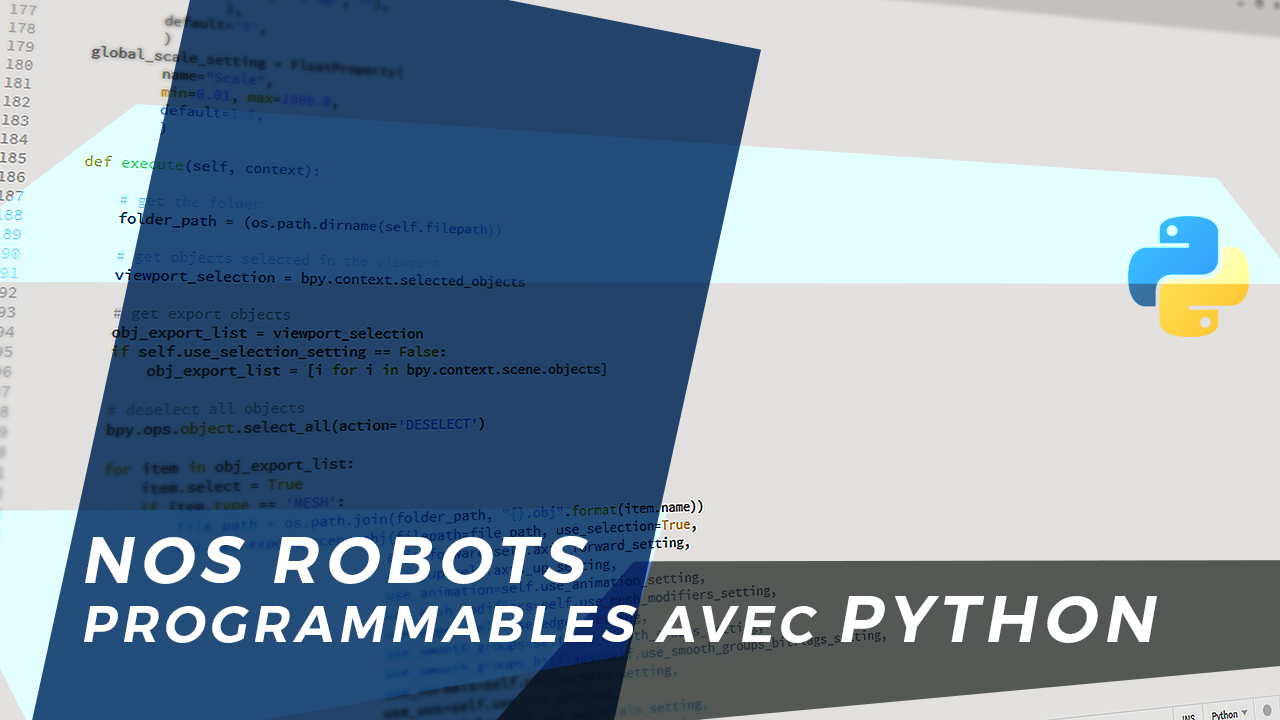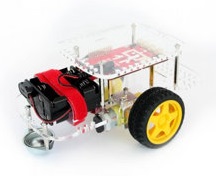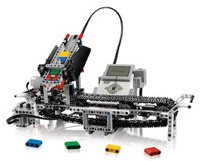In 2018, the French Higher Committee on Curricula (CSP) decided to make Python the official computer language for programming classes in secondary schools.
The Ministry of Education has provided more information about these new programmes on the
CSP publications page
of its website (in French).
Python will be used for lessons in digital science and technology, digital and computer science and mathematics.
Why choose Python for secondary schools?
- Python is an easy to learn and intuitive language. It was designed for creating complex code in a few lines.
- Python code is also very readable, it requires programmers to present their code cleanly and encourages good presentation habits.
- Python is a language used widely in many fields, including aerospace, biology, artificial intelligence, data mining, big data and web development.
- There are lots of libraries that you can pick from to adapt codes to meet your needs, so there is no need to always start from scratch!
- Python is stable and kept up to date.
Why use robots to teach programming?
- Learning programming with robots is more stimulating than with a computer. In a classroom, robots bring pupils together and encourage group work.
- Robotics is a concrete discipline that encourages pupils to develop their creativity. It allows them to invent devices and to discover electronics, mechanics and even design in addition of course to computer programming.
- It also helps them better understand the technological world around them (autonomous cars, drones, space exploration, etc.).
Our Python-programmable robots
Below is a list of robots that can be programmed using Python and that we already supply to secondary schools and higher education establishments. This is not an exhaustive list and includes only a selection of our most popular educational robots.
The GoPiGo mobile robot by Dexter Industries
The open-source 3D-printed Poppy platform
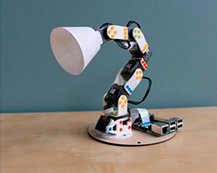
|
The open-source 3D-printed Poppy platform ( Poppy Humanoid , Poppy Torso and Poppy Ergo Jr) can be programmed in Python. There is a large community of users working in education always happy to help or share educational content on the Poppy Education website! Poppy can be programmed using Snap! and Python. |
Lego Mindstorms
The open-source, mobile TurtleBot3
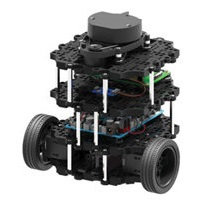
|
The open-source, mobile
TurtleBot3
base is ideal for learning Python and familiarising yourself with the ROS environment.
|

